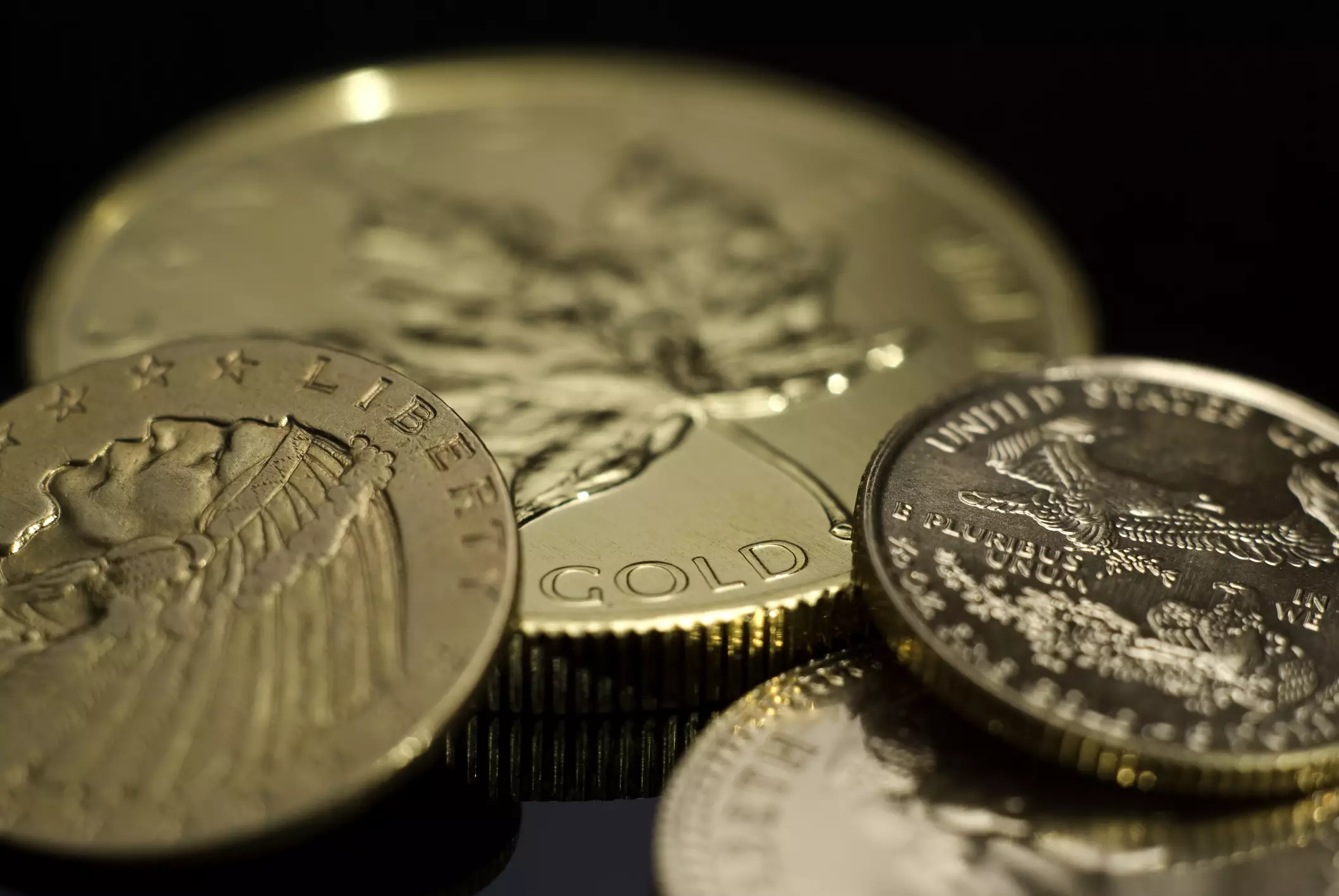The recent upsurge in gold prices serves as a telling indicator of investor sentiment driven by geopolitical tensions and shifting economic forecasts. With the ongoing turmoil from the Russia-Ukraine conflict at the forefront of media attention, market actors are increasingly gravitating toward gold as a safe haven for their capital. This article seeks to unravel the complexities behind the recent bullish momentum in gold, probing into the factors influencing investor behavior and the potential implications for future price movements.
Geopolitical Risks Driving Demand
Gold has long been viewed as a hedge against uncertainty, and recent developments in Eastern Europe have intensified its appeal. The U.S. government’s decision to permit Ukraine to utilize advanced missile systems for strikes on Russian territory accentuates the precarious nature of international relations. Such actions not only exacerbate existing tensions but also imbue the market with a deeper sense of insecurity, compelling many investors to flock toward gold. Given these dynamics, gold’s role as a safe harbor becomes increasingly prominent, as wealth preservation takes precedence over other concerns.
The Dollar’s Weight on Gold Prices
Amid these geopolitical stressors, gold is also navigating a complex monetary landscape characterized by a relatively stronger U.S. dollar. Market predictions suggest that the Federal Reserve may take a less aggressive stance on interest rate cuts in 2025 than previously anticipated. This dual inhalation of variables—strength from the dollar and escalating global tensions—creates a unique battlefield for gold. The interplay between currency performance and gold demand raises questions about which of these elements might ultimately dominate market sentiment.
To understand where gold prices might be headed, it is prudent to draw comparisons with historical contexts, particularly during periods of previous uncertainty. For instance, during President Trump’s initial term, gold prices experienced an impressive rise, spurred by trade tensions with China and various international conflicts. A similar pattern is becoming discernible today, fueled by a combination of elevated geopolitical anxieties and expectations of increased U.S.-China tensions. Analysts at Goldman Sachs are projecting not only a continued upward trajectory but also new all-time highs for gold by the close of 2025.
The Technical Perspective
Analyzing gold from a technical standpoint reveals interesting trends that may affect its trajectory. Recently, despite momentary dips and bearish tendencies, gold has shown resilience, bouncing back robustly as traders responded to shifts in geopolitical sentiment. The price oscillation near critical support levels—such as the 100-day moving average—illustrates its potential for growth. Price resistance is observable at pivotal points around the 2639 to 2650 range, with long-term watchers keeping a keen eye on the 2673 mark. The forthcoming price action will likely hinge on how gold responds to broader economic indicators and its ability to consolidate gains after significant upward movements.
As much as gold’s price action is tied to geopolitical developments, market psychology plays a crucial role in driving investor behavior. The speculative atmosphere surrounding the upcoming U.S. economic indicators, including the S&P Global PMI report, suggests traders are not only focused on immediate news but also the underlying implications for growth and inflation. Recent downgrades to economic forecasts intensified these concerns, further muddying the waters for gold and providing dual catalysts: an inflationary environment coupled with a potential flight to safety.
The Balancing Act: Where Do We Go From Here?
The ongoing tug-of-war between geopolitical unease and monetary policy considerations paints a complex picture for gold pricing. Investors are left to evaluate which of these forces will have the most pronounced impact—will it be the allure of gold as a secure asset amidst chaos or the stabilizing influence of a strengthening dollar amid sound monetary policies? As market participants navigate this uncertain landscape, murmurings of a critical upward adjustment in gold prices suggest that the current market condition may only be the beginning of a more significant upward movement.
The current gold market is heavily influenced by an intricate web of geopolitical developments, currency valuation, and historical precedents. As gold seeks to navigate these tumultuous waters, a pivotal question lingers: will it surge to new heights, or will it succumb to the pull of a resilient dollar? Investors keen on tapping into gold’s potential must remain vigilant, watching how these multidimensional factors unfold in the coming weeks and months, as opportunity and risk coexist in this dynamic landscape.

